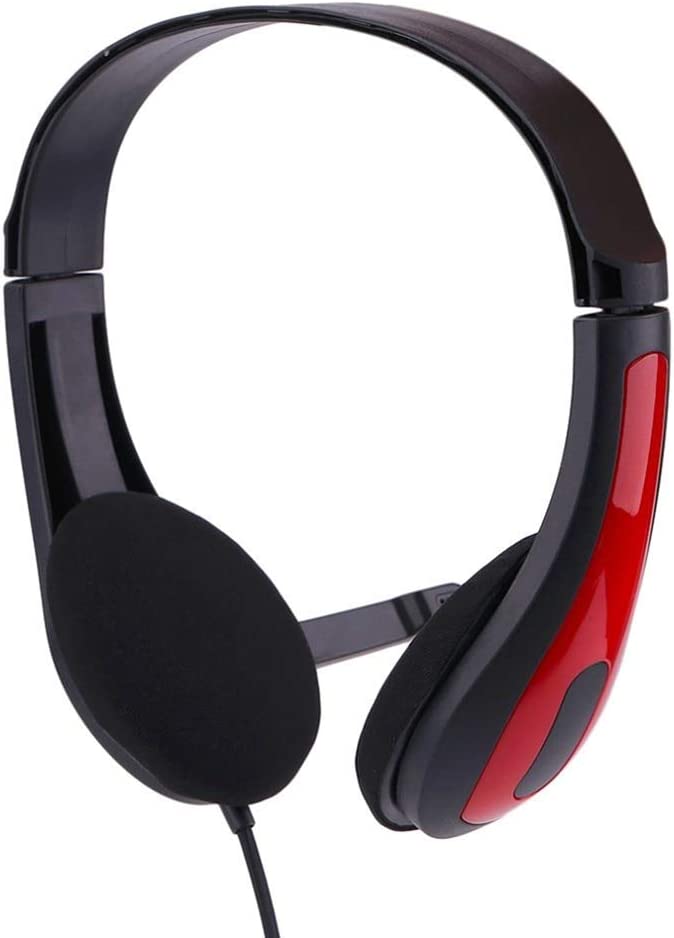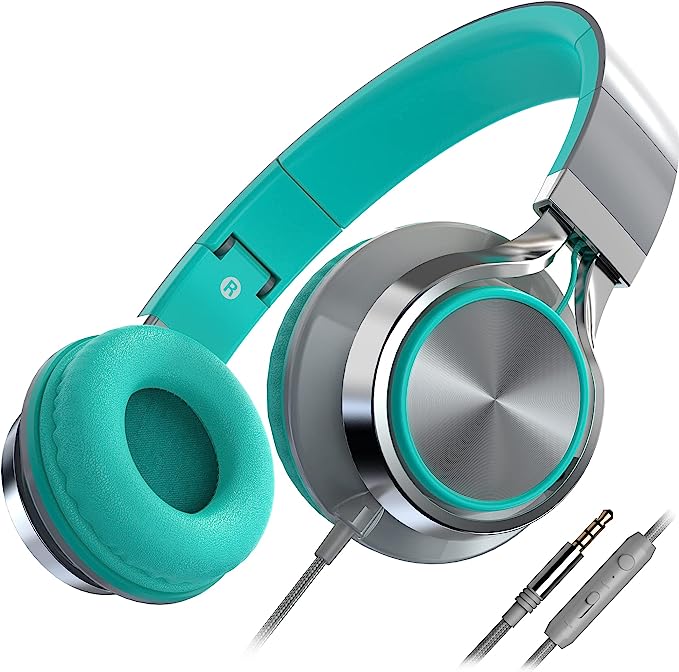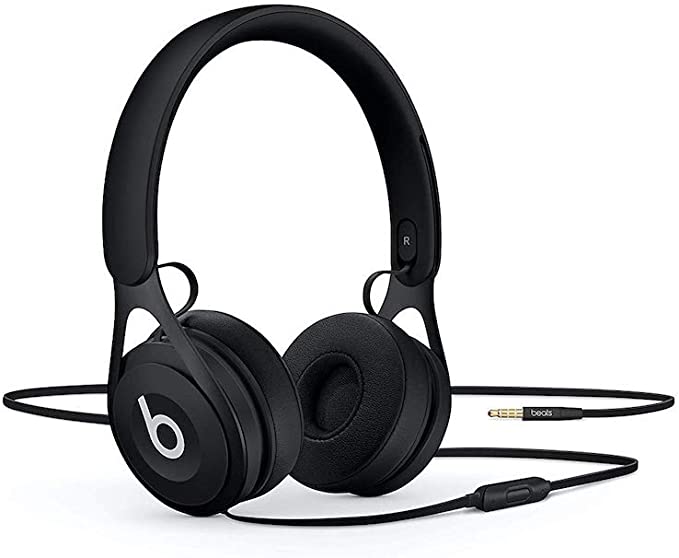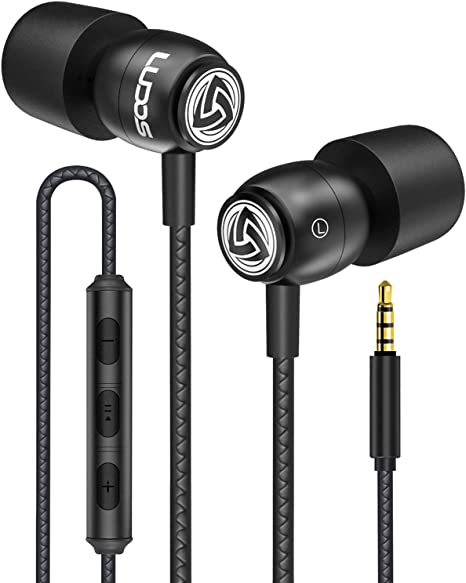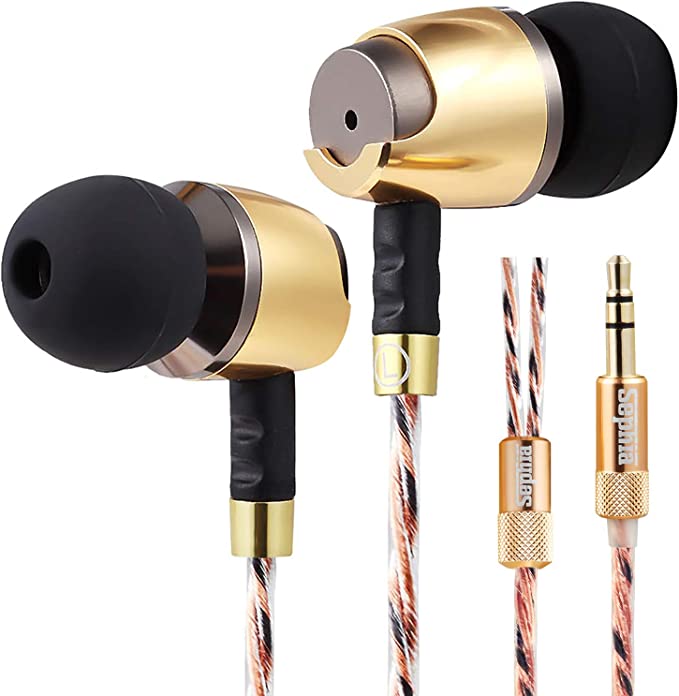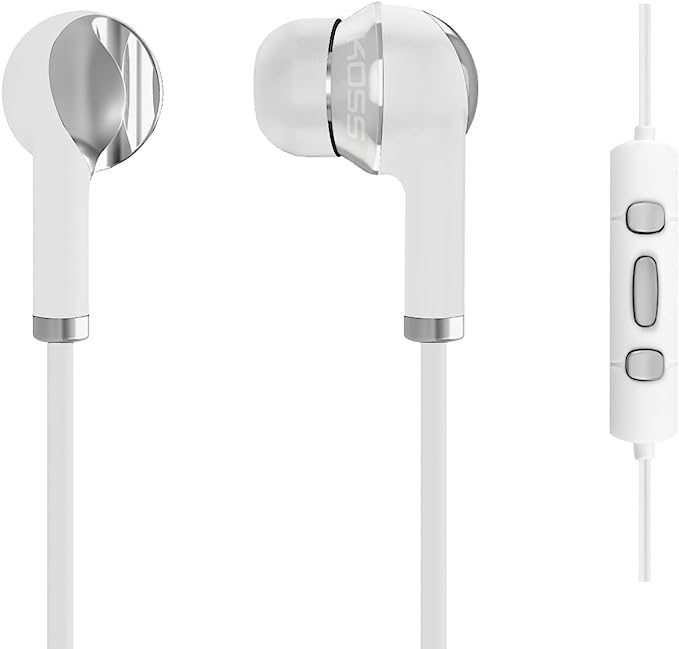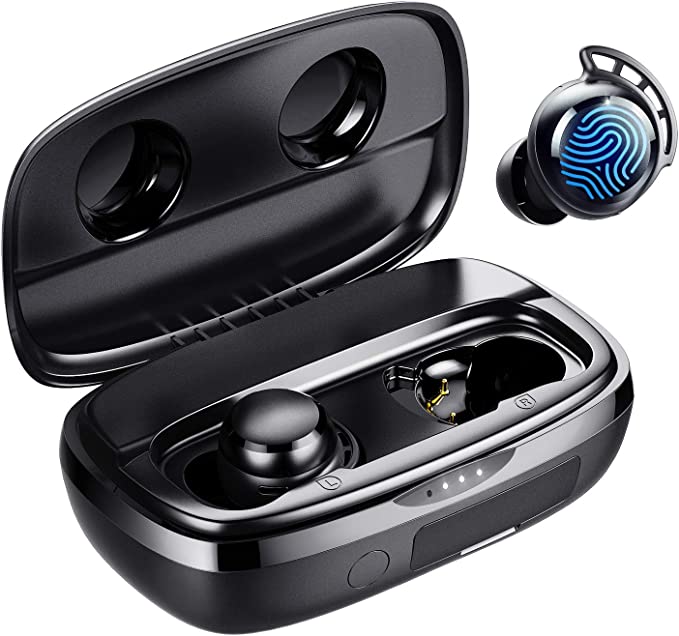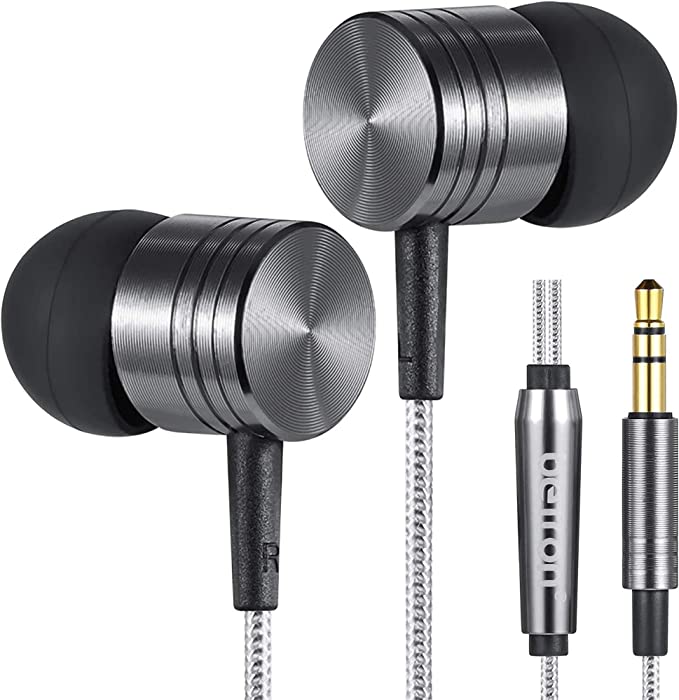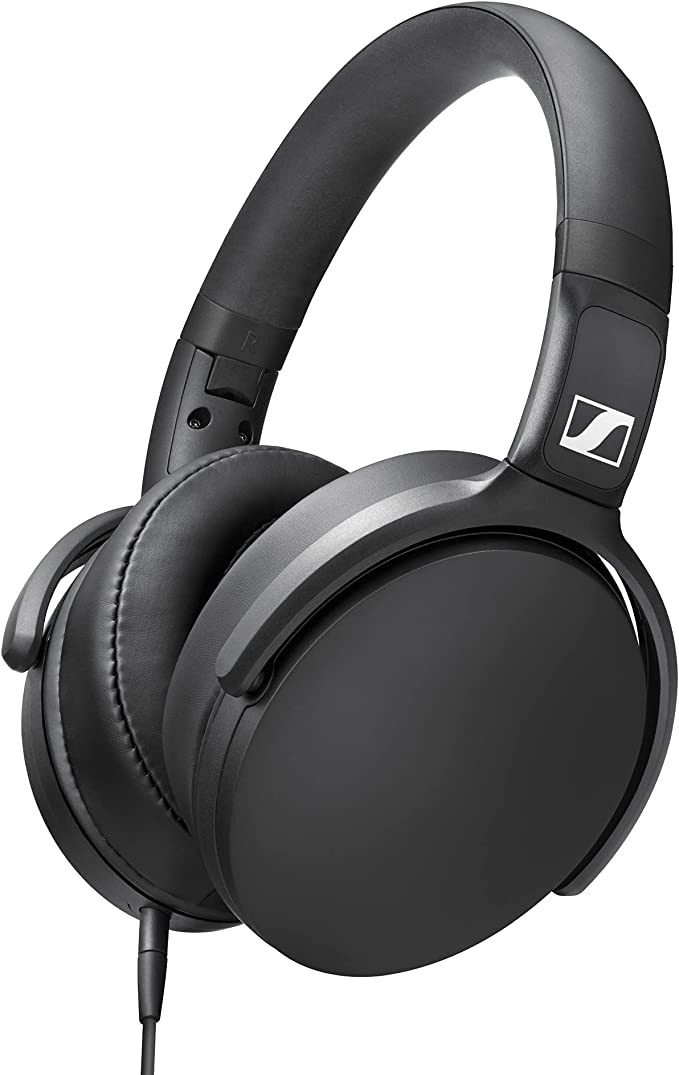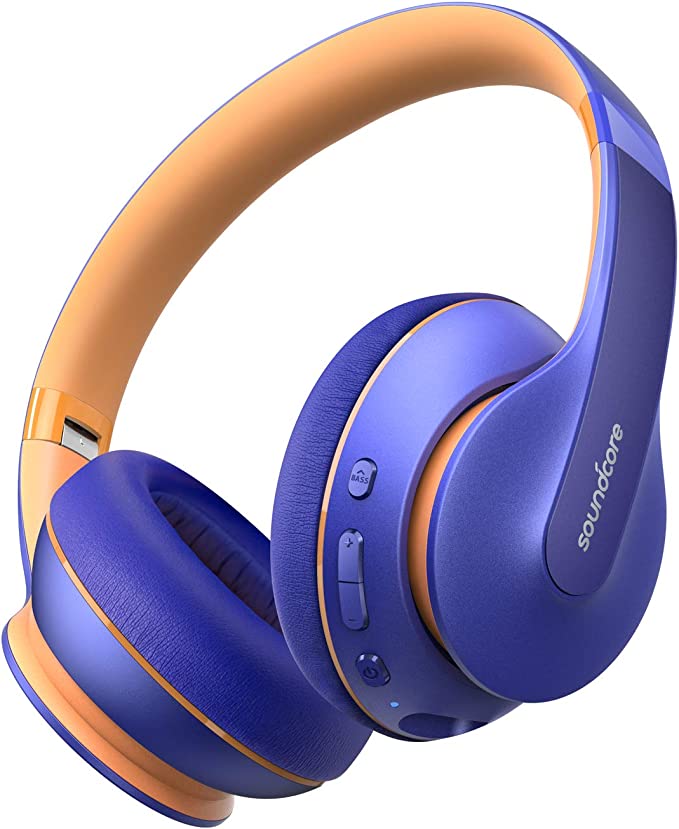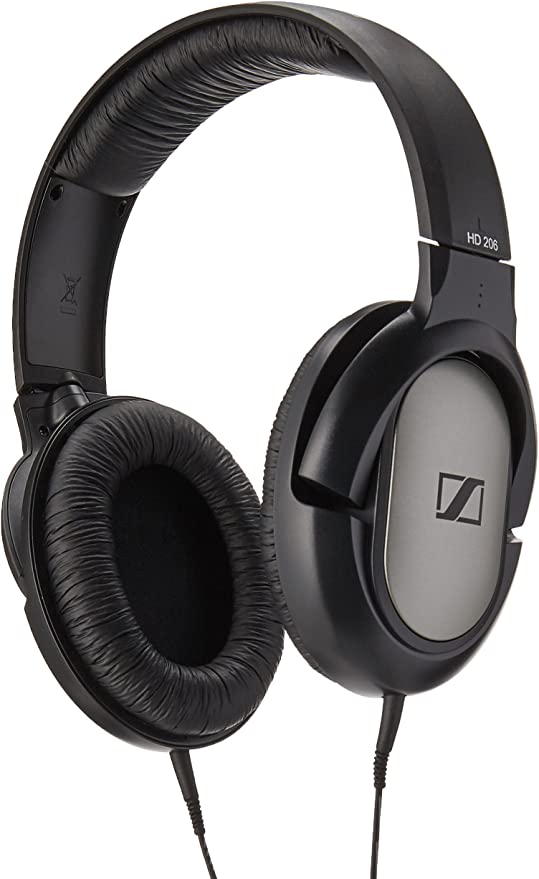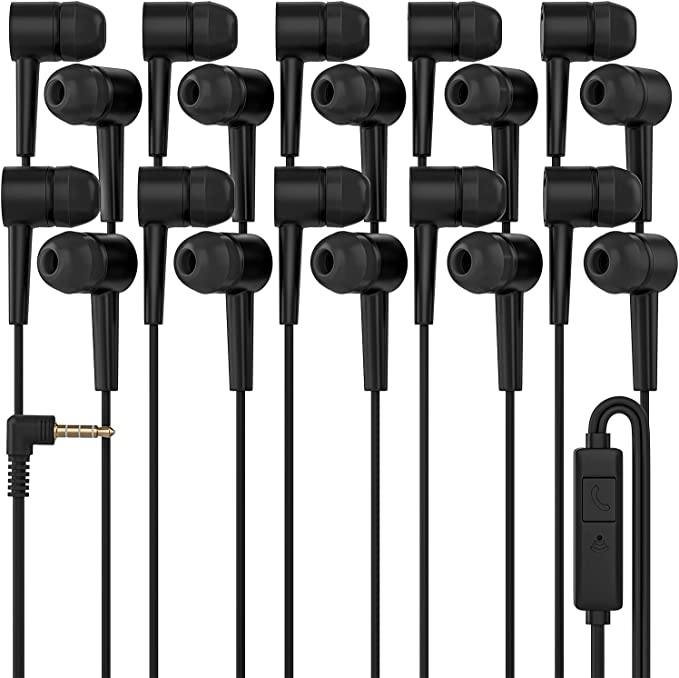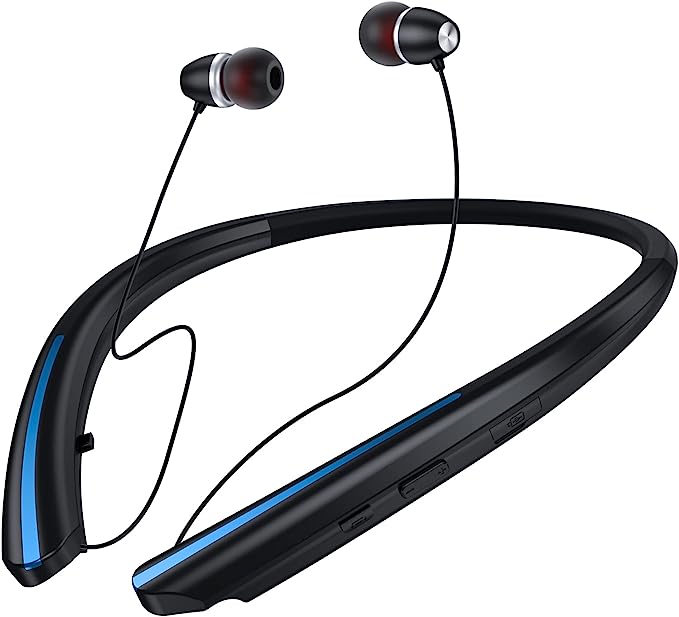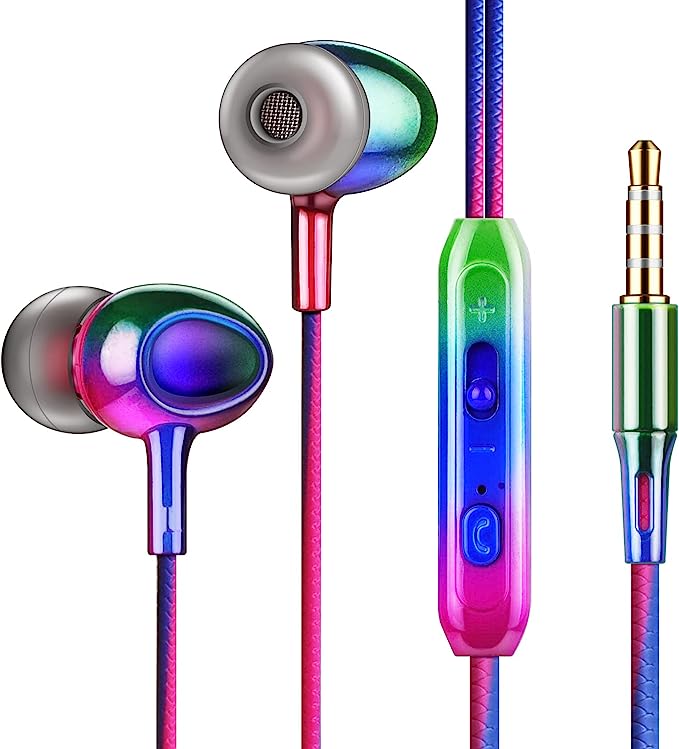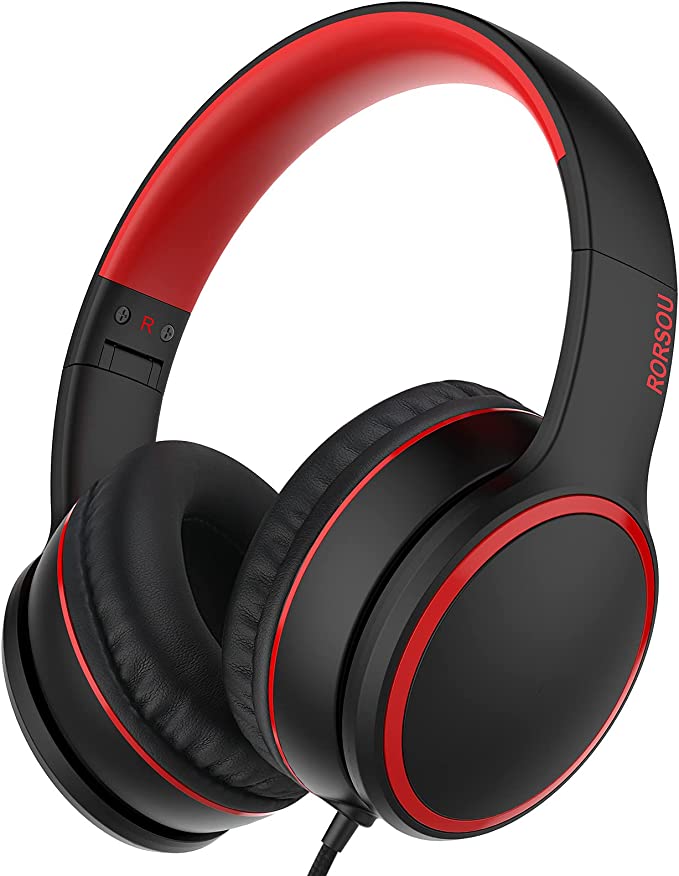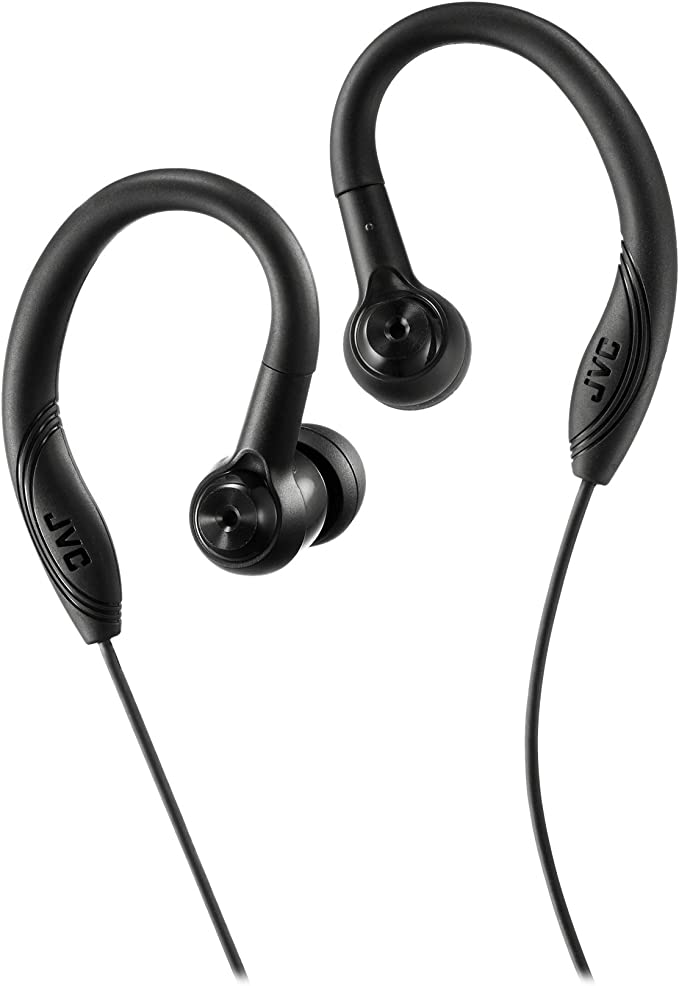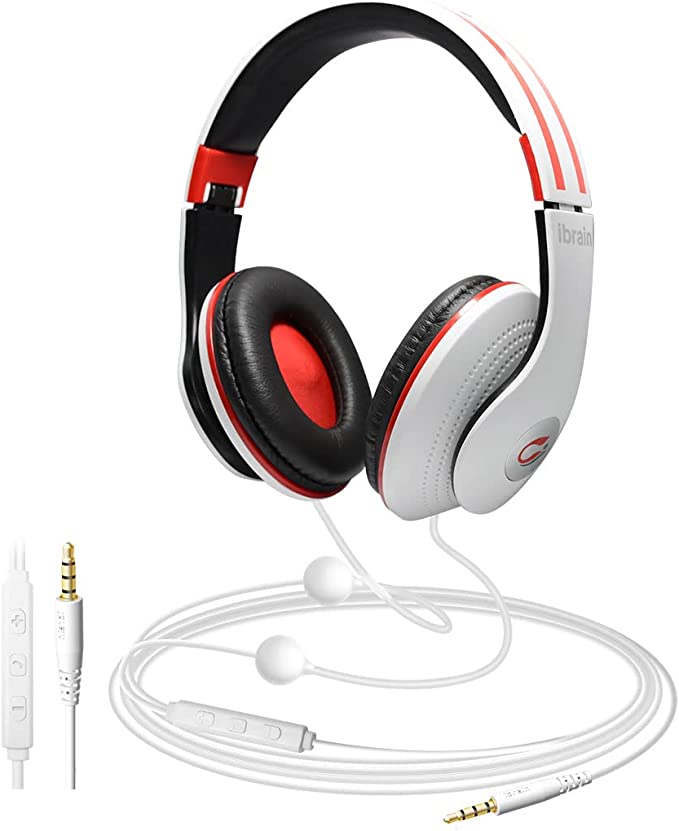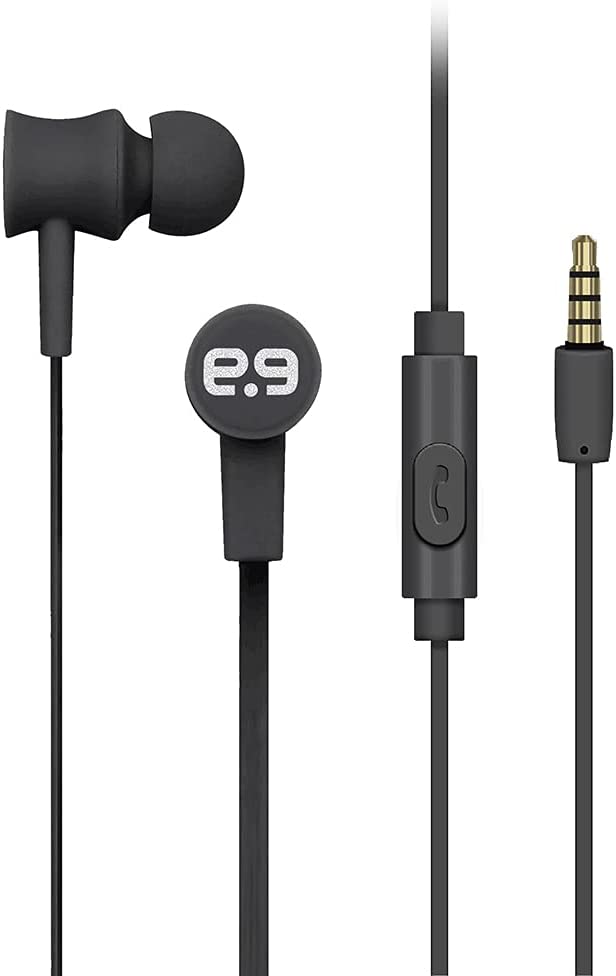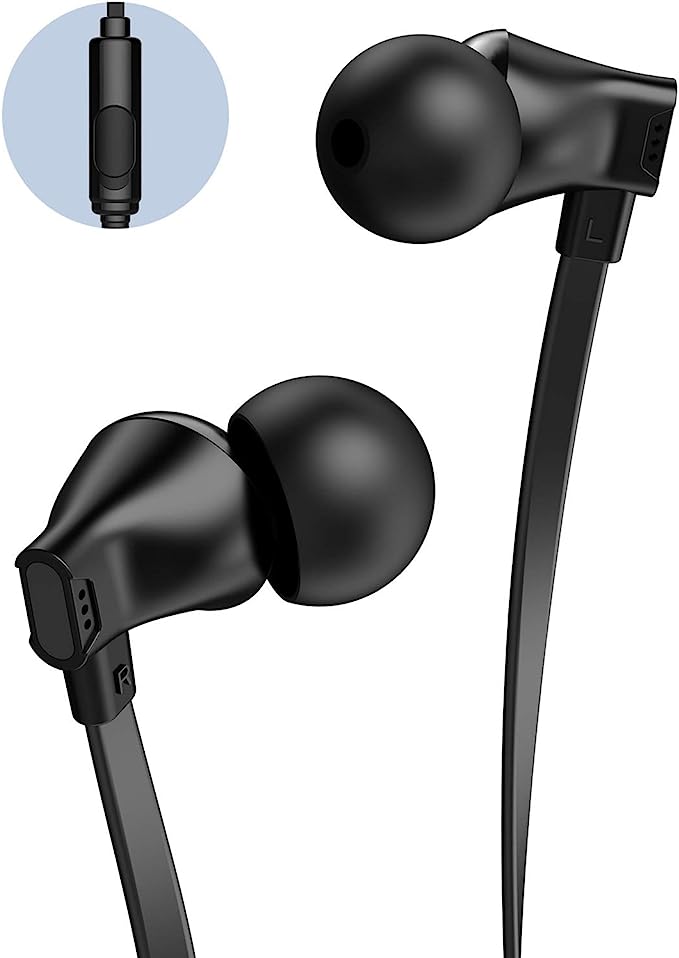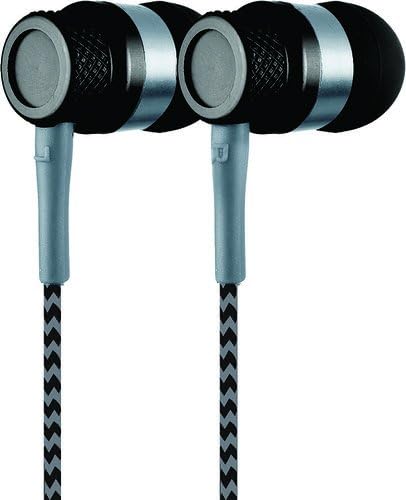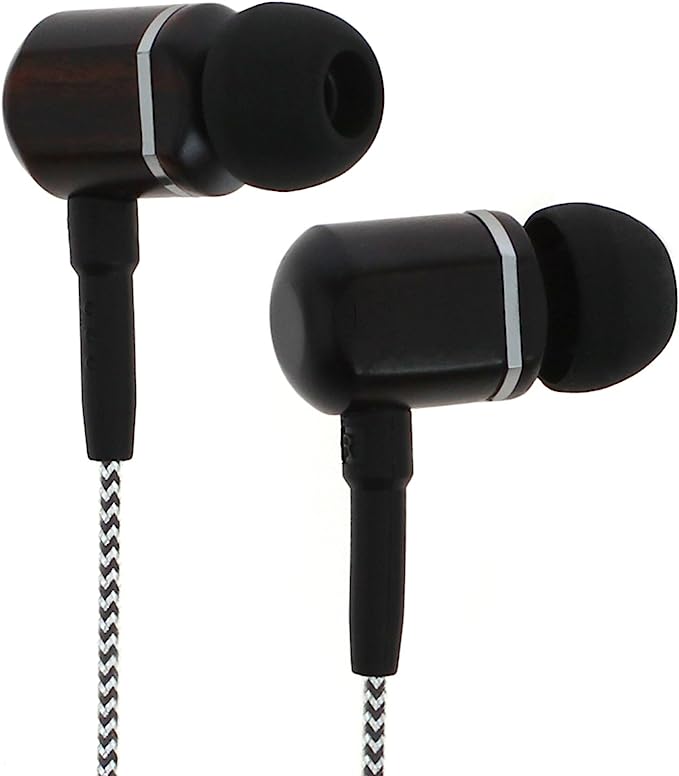The Analog Advantage: Zero Latency and the Physics of Passive Isolation
Update on Nov. 23, 2025, 8:41 p.m.
In the relentless march towards a wireless future, we often conflate “convenience” with “performance.” While Bluetooth offers freedom of movement, it introduces three inherent compromises: Latency, Compression, and Power Dependency. For the audiophile, the gamer, or the deep-work professional, these are not trivial trade-offs.
This brings us to the enduring relevance of wired audio. Devices like the Artix CL750 Wired Headphones are not relics; they are examples of analog reliability. By maintaining a physical copper connection between source and driver, they bypass the complex encoding/decoding processes that plague wireless transmission, offering a purity of signal that is physically impossible for Bluetooth to match at a similar price point.

The Physics of Connection: Why Copper Beats Codecs
When you listen via Bluetooth, your audio is chopped into packets, compressed (losing data), transmitted through the air (risking interference), and reassembled by the headphone. This process creates latency—a delay typically between 100ms and 200ms. In video conferencing or gaming, this disconnect between visual and audio can be jarring.
The Artix CL750 utilizes a standard 3.5mm Aux connection. This creates a closed loop. The electrical signal travels at a significant fraction of the speed of light through the copper wire. * Latency: Effectively Zero. * Compression: None. The driver receives the exact analog waveform output by your device’s DAC (Digital-to-Analog Converter).
This “hardwired” approach ensures that what you hear is exactly what was sent, instantly. For tasks requiring synchronization—like editing video or competitive gaming—physics dictates that a wire is superior.
Passive Isolation: The Acoustic Firewall
We often hear about Active Noise Cancellation (ANC), which uses power to “anti-phase” noise. However, Passive Noise Isolation—the method employed by the CL750—relies on material science rather than electronics.
It works on the principle of Acoustic Impedance. By creating a physical seal around the ear with dense materials (in this case, the cushioned ear cups), the headphones reflect and absorb incoming sound waves before they enter the ear canal. * No Batteries Required: Unlike ANC, passive isolation works indefinitely. * Broad Frequency Blockage: While ANC struggles with high-pitched, sudden sounds (like voices), a good physical seal attenuates sound across the frequency spectrum.
The CL750’s on-ear design acts as a mechanical barrier. By physically sealing the listening environment, it lowers the noise floor, allowing you to listen at lower, safer volumes while still perceiving detail in your audio.

The “Failsafe” Philosophy: Battery Independence
In professional environments, reliability is paramount. A wireless headset that dies mid-meeting is a liability. The wired architecture of the Artix CL750 represents operational certainty.
There is no lithium-ion battery to degrade over time. There is no firmware to update. There is no Bluetooth pairing handshake to fail. This device is a passive transducer; as long as the source device has power, the headphones work. This makes them an essential “failsafe” tool for critical communications, remote education, or long-haul travel where charging opportunities are scarce.
Ergonomics of the Long Haul
Since wired headphones do not need to house heavy batteries or complex PCBs (Printed Circuit Boards), they have a distinct weight advantage. The CL750 leverages this to offer a lightweight form factor that reduces axial load on the neck.
Combined with an adjustable headband, this weight reduction minimizes “hot spots” on the crown of the head, a common complaint with heavier wireless models. For users engaging in marathon study sessions or workdays, this ergonomic efficiency—derived directly from the lack of electronic bloat—is a tangible comfort benefit.
Conclusion: The Intentional Choice
Choosing a wired headphone in a wireless era is not a compromise; it is a strategic decision. It prioritizes signal integrity over mobility, and reliability over convenience.
The Artix CL750 exemplifies this philosophy. It strips away the points of failure associated with wireless tech—batteries, codecs, connection dropouts—to leave only the essential function: the immediate, uncompressed, and isolated transmission of sound. Sometimes, the best technology is the one that simply gets out of the way.

